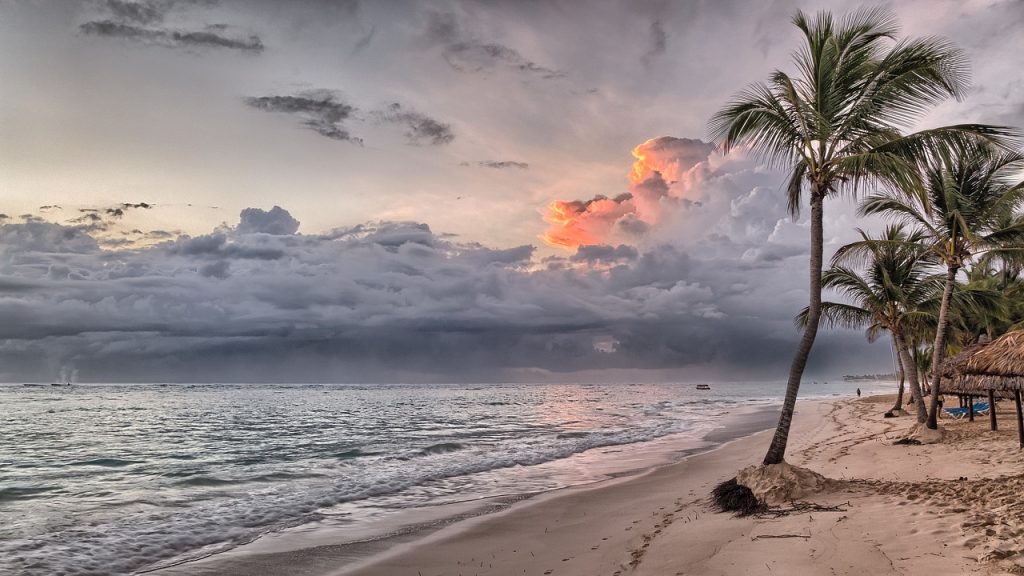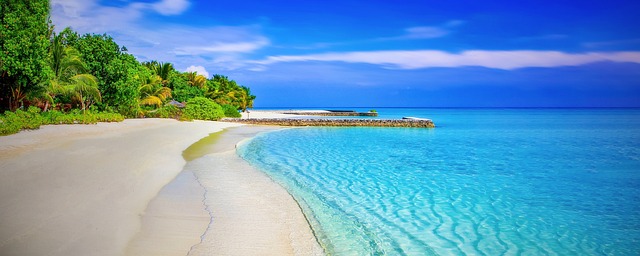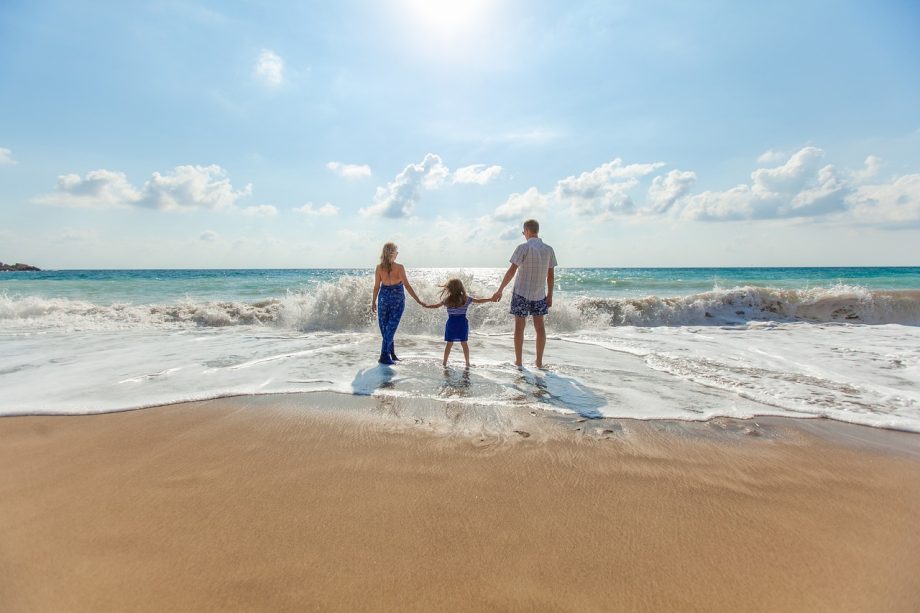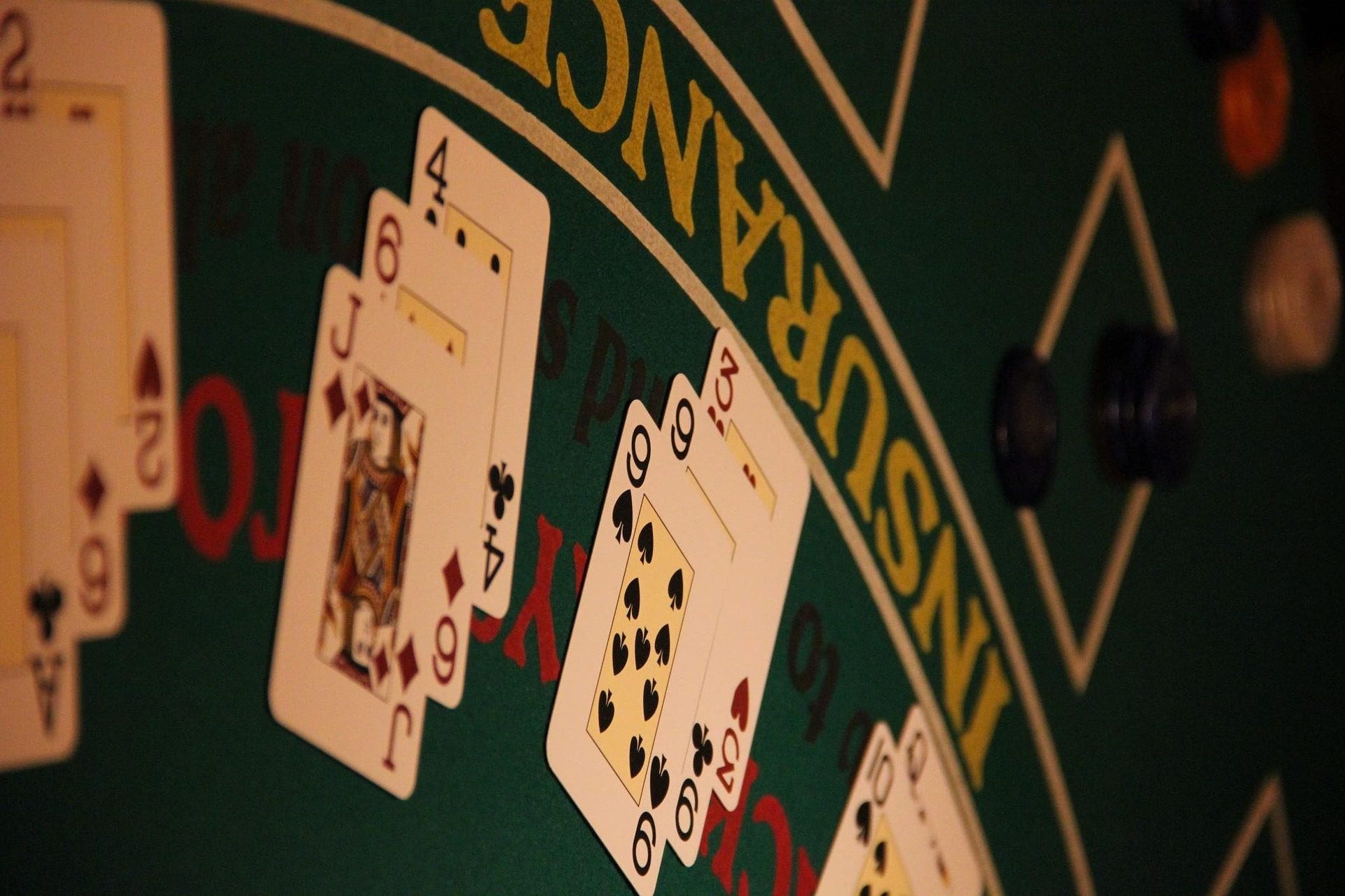The beach is one of the most beautiful places on Earth. The sound of the waves crashing against the shore, the smell of salt in the air, and the feel of sand between your toes all make for an unforgettable experience. The beach is also a great place to relax and enjoy the company of friends and family.
There are many perks to living close to the beach. A great perk is that you can spend your days relaxing on the beach, swimming, sunbathing, and enjoying the incredible views. Additionally, living close to the beach gives you easy access to fresh seafood, which is always a bonus. Finally, you get to experience all the fun and excitement of beach life without having to deal with the crowds or noise that often come with it. It also allows you to participate in many activities and practice those skills constantly. By time, you can 20Bet that the water would be your safe haven.
Water Activities for Water Lovers

There are a ton of water activities that you can do to have fun and stay cool during the summertime! You can go swimming at the beach. If you want to stay active, swimming is a great option. You can do laps to get a workout, or just float around and relax. You can also go tubing or water skiing. Either way, you’ll be sure to cool off. If you’re looking for more of a thrill, tubing or water skiing might be more your speed. These activities are great for groups of friends or family, and you can even race each other to see who can make it down the fastest.
For the Adrenaline Junkies

Surfing is a surface water sport in which the wave rider, referred to as a surfer, rides on the forward or deep face of a moving wave, which usually carries the surfer towards the shore. Waves suitable for surfing are primarily found in the ocean, but can also be found in lakes or in rivers in the form of a standing wave or tidal bore. However, surfers can also utilize artificial waves such as those from boat wakes and the waves created in artificial wave pools. The term surfing refers to the act of riding a wave, regardless of whether the wave is ridden with a board or without a board, and regardless of the stance used. The native peoples of the Pacific, for instance, surfed without boards and rode prone or standing. However, in the late 19th century, surfing on a board became a popular recreation in Hawaii. There are different types of surfing, including longboarding, shortboarding, stand-up paddle surfing, and tow-in surfing. In general, the goal of surfing is to ride the wave until it breaks, which usually happens near the shore.





Recent Comments